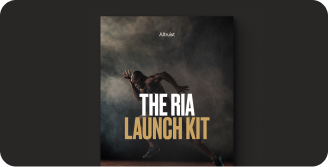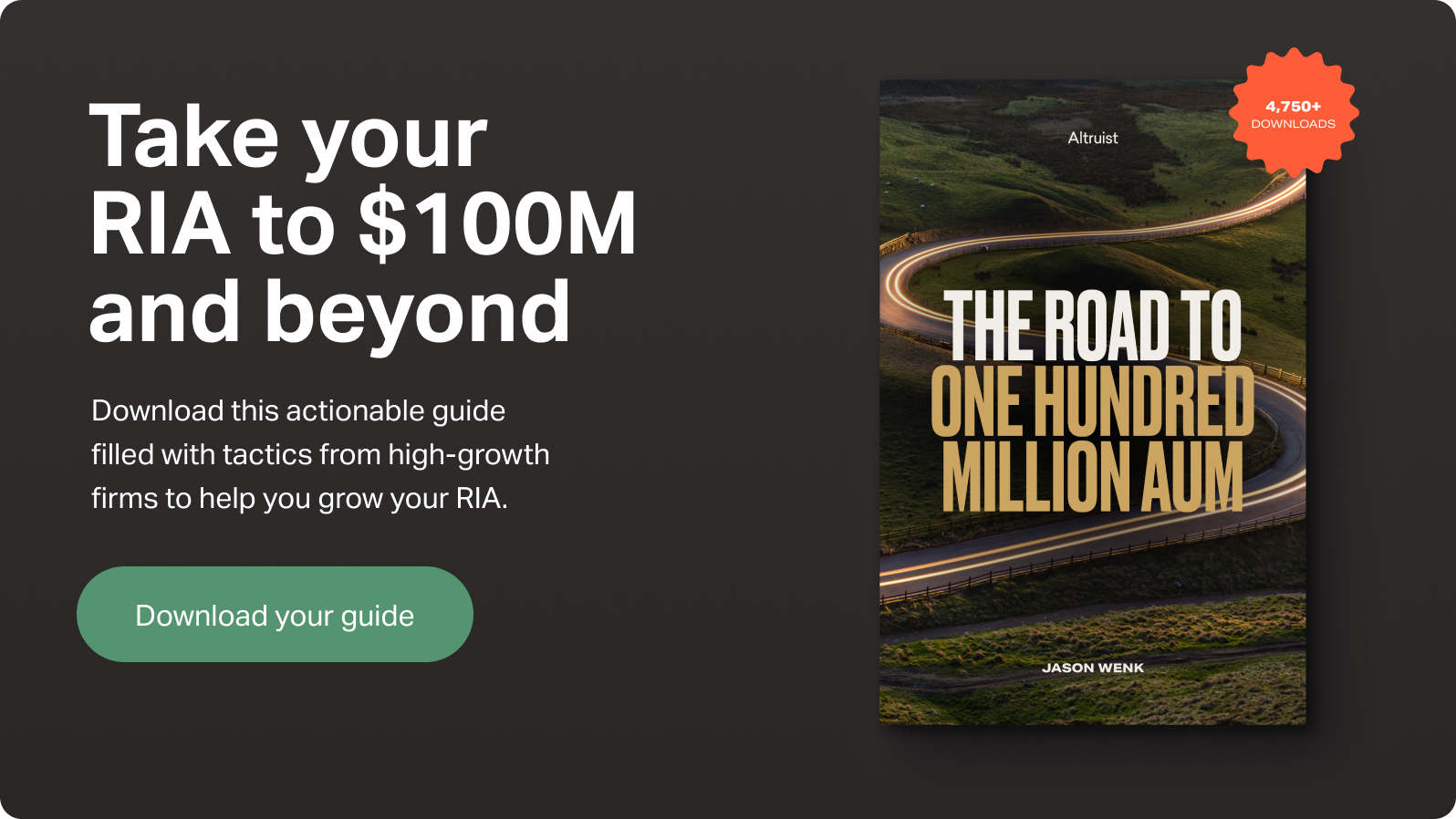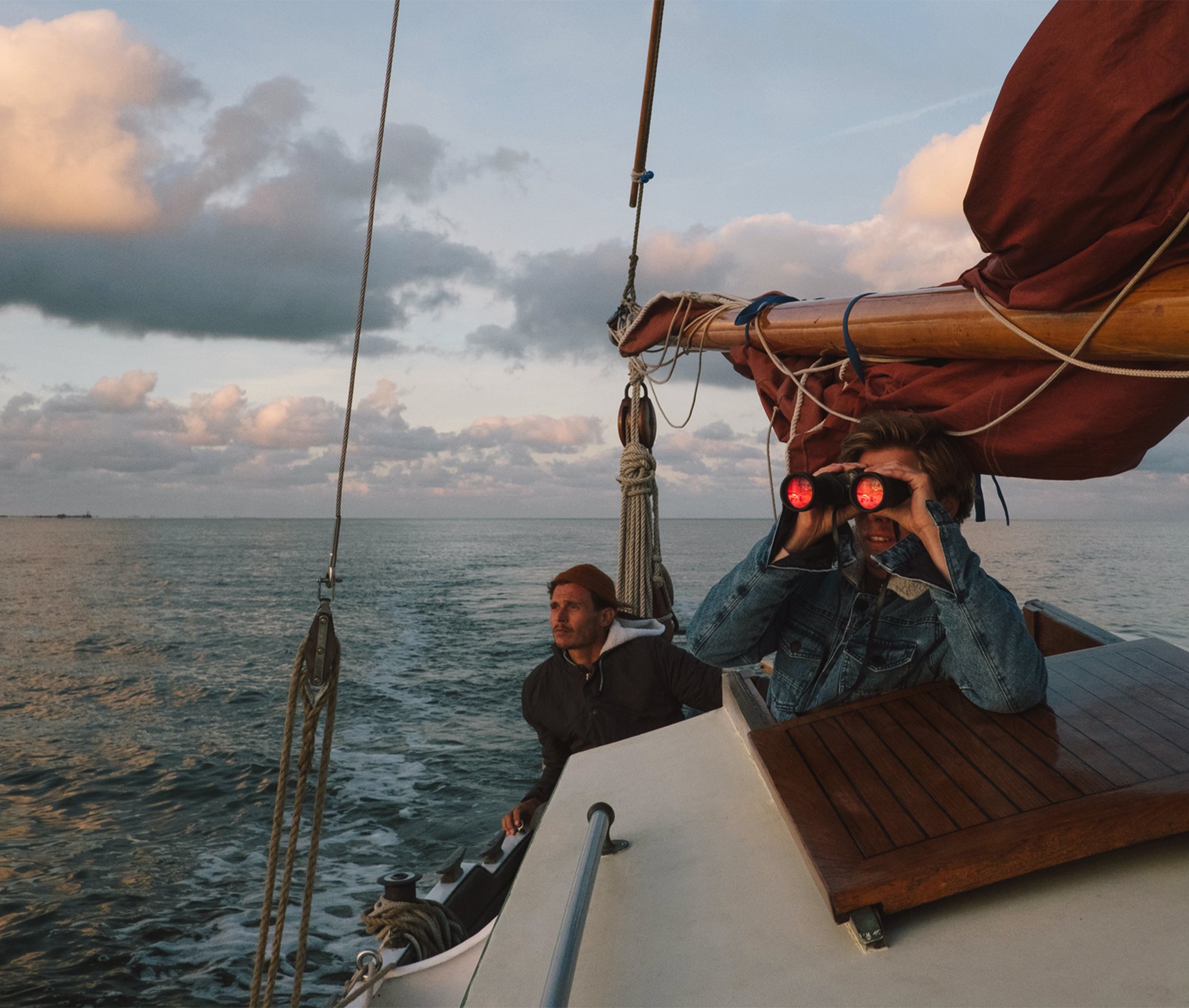Stats about women and money tend to show a negative story. Women earn less than men, own less than men, and save less than men.
But the stats overlook the positive: Women increasingly control finances for themselves and their families, invest successfully, and want to work with financial advisors.
Are financial firms ignoring massive opportunities because advisors aren’t paying enough attention to women?
Let’s look at the numbers to see what you’re missing.
The missed opportunity
The underrepresentation of women in wealth ownership, investing and advising is stark — and it doesn’t make mathematical sense.
“‘Women’ is not a niche market,” says Rene Nourse, founder of Urban Wealth Management, in an episode of The Human Advisor.
Women make up at least 51% of the U.S. population, and they've comprised the majority of college graduates for the past 40 years.
Financial advisors and firms that don’t create an environment that supports women in building wealth are missing a massive opportunity.
Contrary to popular quips about lattes and expensive shoes, women are more responsible with money overall than men. Women generally earn higher returns on investments, are more likely to repay business loans, and, even when they earn less money, give more to charities.
Most importantly, women as a market present a high demand for financial advisors.
Women are more likely than men to ask for advice on their investment and savings plans, and more likely to say they value professional advice. Yet, two-thirds of women have never spoken to a financial professional.
Talking about money is a vulnerable act, and advisors need to create a welcoming environment for their clients. Overall, the industry is failing to do that for women.
Even though 63% of women under 45 are the main decision-makers when it comes to household finances, and 75% of these women manage their own finances, advisors still tend to focus the majority of their attention on the man when meeting with a male-female couple.
Learning what underserved communities need from you is probably simpler than you think.
“The client really leads the advisor,” says Courtney Ranstrom, co-founder at Trailhead Planners.
“Empathy is the biggest part of being a good financial advisor,” Ranstrom adds, “and having the emotional intelligence to give people the space to just kind of let some stuff out in a judgment-free zone.”
Closing the gender wealth gap
Women earn 82 cents to a white man’s dollar. That wage disparity and the culture, education and opportunities surrounding it compound to form the gender wealth gap.
The wealth gap is how much women own compared to men — i.e how much they have to retire with, borrow against or pass onto their children. It’s a phenomenal disparity.
Compared to every dollar a single man owns, a single woman owns 32 cents. For Black women and Latinx women, that ratio is just 1 cent. One penny. Compare any group of women to specifically white men, and the disparity doubles.
The cultural messages that discourage women from building wealth start early and last throughout our lives.
One analysis of an allowance app found that parents pay boys on average twice as much as girls. As adults, women are taught that financial responsibility means reigning in excessive spending. Men are taught to invest and grow wealth.
That bias is unsurprising when you realize how few of the people giving advice are women themselves. This is where advisors can make a huge difference in the lives of individual women, as well as in closing the gender gap at large. Serving women is good for business, good for women, and good for society.
Expanding access
“It's hard to serve underserved communities if you don't have people who are members of those communities who are advisors,” explains Leighann Miko, founder of Equalis Financial.
By cultivating an environment that supports women — as well as Black, Indigenous and people of color; and LGBTQ people — advisors, firms and the industry as a whole can rise to meet the needs of diverse investors and work to close the wealth gap.
Right now, just 15% to 20% of all advisors are women.
This disparity is a top-down problem: 99% of investment management firms are owned by white men; 85% of executives and 74% of senior managers are men. It’s little surprise these leaders haven’t created a culture that attracts and retains women, who need a work environment they might not understand.
“We have a lot on our plate,” says Nourse, whose firm employs and serves a large number of professional women. “We have a job, we're taking care of our kids, we're taking care of family members. And we need to have a lot of flexibility to be in and out of that office.”
A lot of women have been blazing this trail for decades, surviving as the sole female advisor in a firm full of men and deliberately serving women and other underserved communities — but the industry still has a long way to go.
“The door’s cracked open,” says Nourse. “We [women advisors] need to, since we're already in the industry, kick it open. … Make sure you bring in two or three other people. Just don't get in the door and close the door behind you.”











